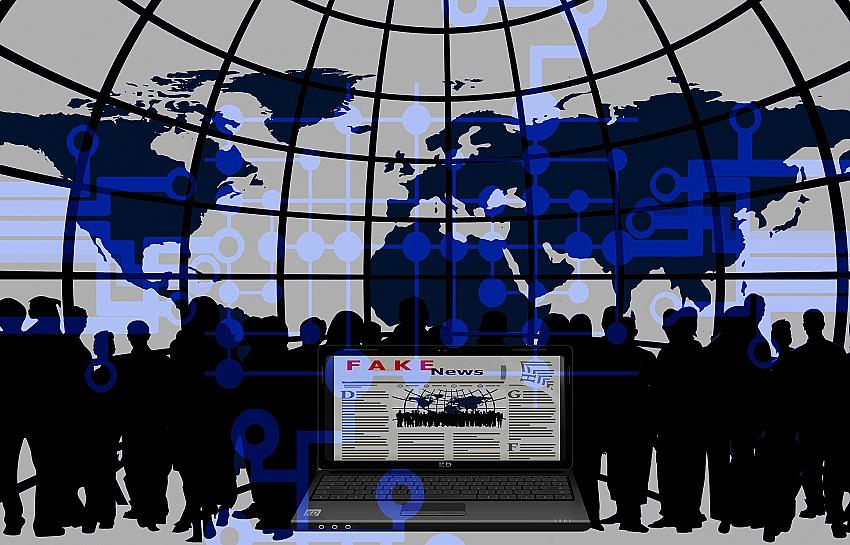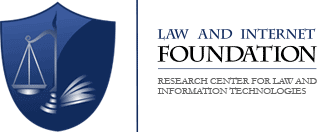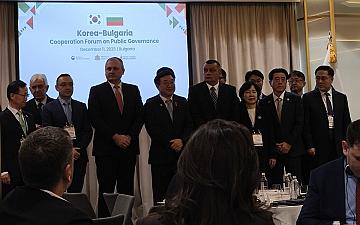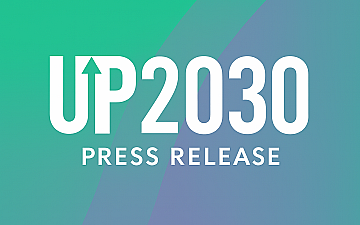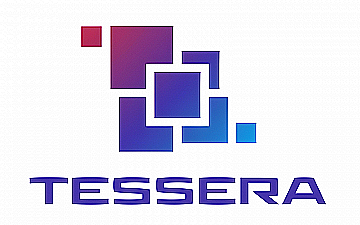For long information has been recognized as a significant weapon in the hands of malevolent individuals. Propaganda, manipulative information and information designed to frighten and coerce people into taking certain actions or positions were known to mankind even before the rise of information technologies and their rapid development. But in modern times, it is technology that allows misinformation to spread so quickly and to create larger risks.
Firstly, there is a significant difference between the dissemination of information through traditional channels - press, television, radio. There, information goes through many checks before it is shared, because publishers, channels and providers can be held responsible for what is shared if it turns out to be false or defamatory. Furthermore, people don't follow these sources as much in today’s age.On the other hand, the online sphere has some unique characteristics. First, it is often not as regulated as other information sources. Anyone can make a blog, write a post on their Facebook wall, and share whatever they want on Instagram or Twitter, for example. Secondly, people are much more involved in this online space, we spend hours online - while travelling on public transport, during our breaks at work, when we get home and decide to fully indulge ourselves in online browsing. We are constantly bombarded by information online and don't always have the energy or time to check what is reliable and what is not.Thirdly, we may often share something that is untrue. By sharing it on our feed, we associate ourselves with this information and its reliability. Then, even if someone tells us it is false, we are willing to defend it because we don't want to admit we were wrong. It is important to also consider how belonging to certain online communities further limits our willingness to listen to other opinions. At some point, social networks offer us groups, friends and posts that reinforce our already established positions, even when we are in the wrong. These trends show why modern technologies and the internet make it easier to spread misinformation and fake news.
Attention should also be given to other new developments in technology. This includes for example the rise of botnets that create and share false information. Some malicious cyber criminals can infect our devices with viruses and make them, without our knowledge, spread posts containing propaganda and lies.Thus, they create a false impression that these posts are being followed and liked and social media algorithms tend to show them more to real people and influence their opinions and understandings.Secondly, these bots can also create their own posts, comments and thus change public opinion based on their agenda. This is often detrimental to society.There was large media attention for example in regard to Russia's cyber-operations during the United States elections. These involved the use of bots to spread disinformation which made people believe in untrustworthy accusations and thus potentially influenced how they voted.
Finally, some authors have also drawn attention to artificial intelligence, which can monitor our tendencies when perceiving information and thus take advantage of our emotional weaknesses. For example, by analyzing what posts we interact with, it can discover what language could be used to manipulate us more effectively when spreading misinformation and fake news. There is also a particular danger, for example, in the use of smart devices, such as fitness bracelets and the like, which also monitor our physiological reactions.By obtaining full information about us and our reactions and analyzing this data, bad actors can discover how to manipulate us, while we are not even aware of it.
